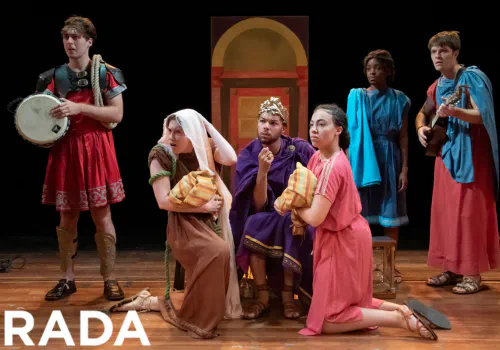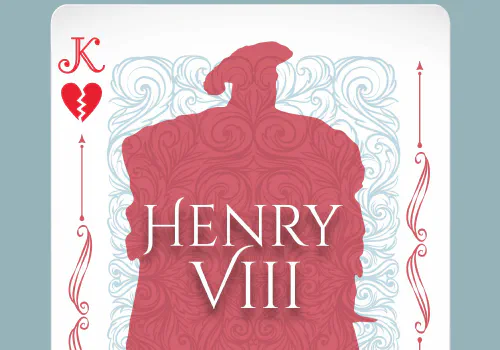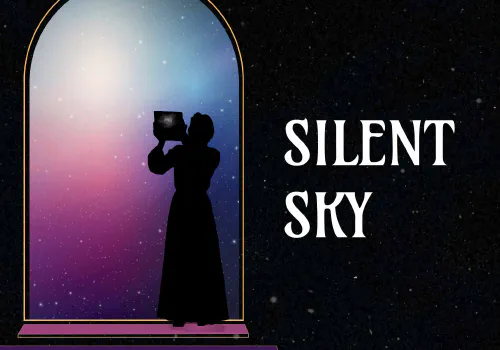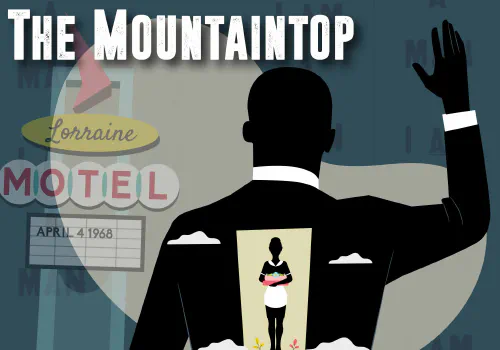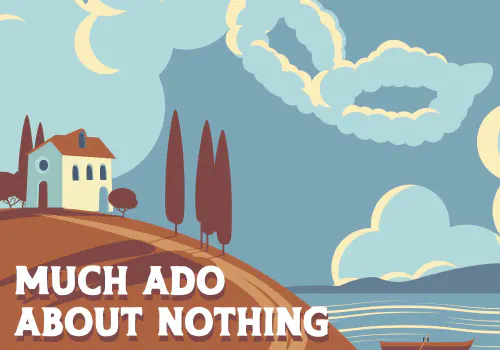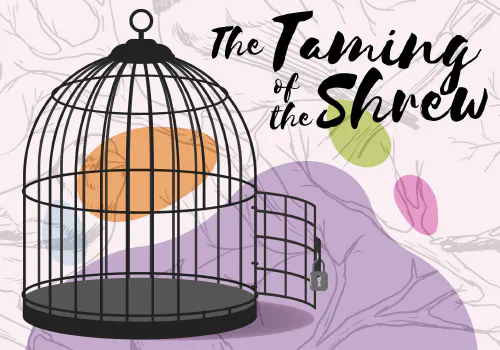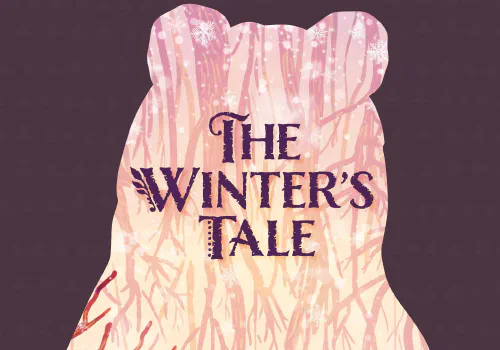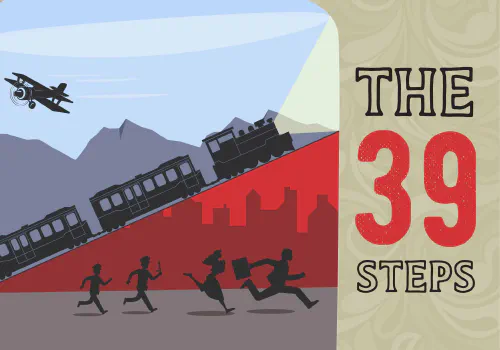The Beginnings of the Dream
The Utah Shakespeare Festival was founded in 1961 and presented its first season in 1962. It was started in response to two influences: An estimated quarter of a million summer tourists desiring more evening activities after visiting the area’s national parks, and a young entrepreneur and actor’s desire to produce great theatre. Festival Founder Fred C. Adams, having joined the faculty in 1959 as an assistant professor of theatre arts at what was then the College of Southern Utah (now Southern Utah University), was wondering what could draw people off the newly planned I-15 freeway to stop in Cedar City. City leaders were desperate to find a way to attract people (and dollars) to Cedar City and its Main Street.
One day while he and his girlfriend Barbara (later his wife) were in the Fluffy Bundle Laundromat, an idea was born: Why not start a Shakespearean festival! Excited by the idea, Fred packed up his notes and ideas and headed to Ashland, Oregon, the site of the granddaddy of all Shakespeare festivals, the Oregon Shakespeare Festival. While there, he closely observed operations and was befriended by Angus Bowmer, OSF founder, whom Adams interviewed extensively. Fred, Barbara, Barbara’s mother Louise, and two CSU students also visited theatres in Canada and Connecticut; and on the long ride back to Cedar City, the Utah Shakespearean Festival was born! (Fun fact: the name was shortened slightly to Utah Shakespeare Festival in late 2010 in preparation for the Festival’s 50th anniversary.)
The dream was launched. Adams approached the Cedar City Council and the Chamber of Commerce and told them all about his solution to attract people to Cedar City. But it was the local Lions Club who finally agreed to underwrite his plan with $1,000 after he told them he expected to recover all of the money in ticket sales.
Shakespeare was a natural choice for Cedar City. Historically, the people of southern Utah have a love for drama and especially the works of Shakespeare. Adams proceeded with his new company and presented The Taming of the Shrew, Hamlet, and The Merchant of Venice that first season. A small company of college students and townspeople produced the plays on an outdoor platform, backed by a partial replica of an Elizabethan stagehouse. Between rehearsals, volunteer actors helped build their own stage, props, and costumes. The initial two-week season attracted an excited 3,276 spectators and yielded a much-needed $2,000 profit on which to build a second season.
Barbara was adamant that the Festival include a nightly Greenshow: pre-show entertainment featuring music, dancing, and a Punch and Judy puppet show. LaVeve Whetten was in charge of the dancing; and Barbara, the music. Because no one yet knew about the Festival, a group she taught to play recorders would go downtown in the afternoons/early evenings and and play and sing medieval music and invite people to come and see the Festival that evening. For many years, Barbara was a force that kept The Greenshow improving and growing.
New Theatres, New Programs—National Recognition
It soon became evident that the Festival needed a permanent performing space, rather than a platform that was put up and taken down every season. Work began on an Elizabethan theatre that would serve the Festival for many years. The Adams Memorial Shakespearean Theatre was dedicated in 1977 and so closely resembled Shakespeare’s Globe Theatre in London that the British Broadcasting Company chose it as the location for some of the filming of their Shakespeare series. The popular theatre served the Festival for nearly four decades, featuring three plays each season (usually Shakespearean), mounted by professional directors, designers, and actors from around the world, along with graduate students from top professional graduate schools. The Festival discontinued use of this theatre in 2016 when it moved to the new Beverley Center for the Performing Arts across the street.
It didn’t take too many years until the Adams Theatre was selling out most evenings, and Festival administrators decided it was time to expand again. The result was the indoor, modern Randall L. Jones Theatre which opened its first season June 23, 1989, offering classics of more than three centuries of playwrights from around the world.
In 1992, the Festival started the groundwork for the New American Playwrights Project (now Words Cubed). These staged readings are presented to Festival patrons who desire an opportunity to view the current work of some of today’s newest and best playwrights.
On May 8, 2000, the Festival joined the ranks of some of America’s most famous and respected theatres when it received the coveted Tony Award for America’s Outstanding Regional Theatre. The Tony Award is the most prestigious and sought-after award in live theatre, the equivalent to the Academy Awards in film.
Growth, Changes, and a Vision of the Future
On July 7, 2016, the Festival celebrated the biggest event of its history with the ribbon cutting for the Beverley Taylor Sorenson Center for the Arts, including two new theatres for the Festival: the outdoor Engelstad Shakespeare Theatre (which replaced the aging Adams Shakespeare Theatre) and the Eileen and Allen Anes Studio Theatre (a flexible, more intimate theatre which seats approximately 200 playgoers). These two theatres join the existing Randall L. Jones Theatre to give the Festival three very different performing spaces. Anchoring the northwest corner of the Beverley Center is the Southern Utah Museum of Art. Also on the center are administration offices, a rehearsal/education hall, and other production spaces for the Festival. This center is, of course, a part of Southern Utah University.
Fred C. Adams stayed active at the Festival in the role of founder and irrepressible advocate until his death on February 6, 2020.
The Festival now plays to over 100,000 patrons annually over a sixteen-week season with a budget of over $8.5 million. Each year the Festival produces six to seven professional plays. In addition, smaller educational productions tour to schools throughout the West during the winter months. In keeping with its mission to entertain, enrich, and educate its audiences, the Festival also offers a variety of free activities such as pre-play Greenshows, orientations, and literary and production seminars, in addition to ticketed or paid activities like backstage tours, Repertory Magic, classes, workshops, and summer sleep-away camps for students—making it a true destination theatre, and one of Utah’s cultural treasures.
Past Festival Performances

